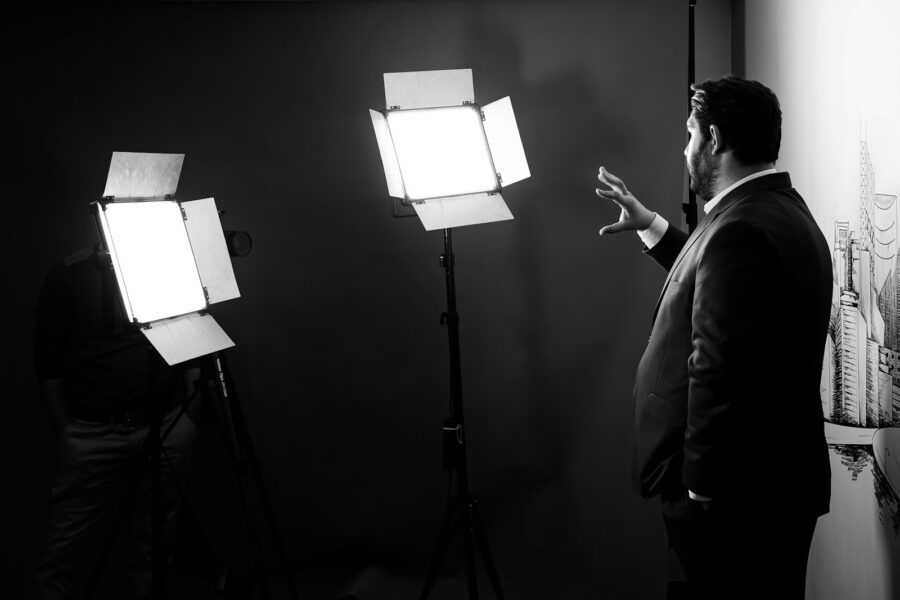First impressions are key when it comes to climbing the career ladder or running a business, and body language – or how you present yourself – plays a key part in this.
Be it a job interview or presentation to a potential client, what your body is saying can be just as important as the words coming out of your mouth. Careers from sales and marketing to trades require confident, trustworthy body language, but are there some things we’re getting all wrong?
Yell has enlisted the help of body language expert Inbaal Honigman, to reveal the most common misconceptions when it comes to business body language.
Misconception 1: You should stand taller than others
We are often told that standing taller projects an air of confidence and authority, but the truth is that doing so may not have the intended effect. Though we are told to stand tall, being at the same eye level as another person lets them know that you are human and creates a connection this way. People buy from people and hire from people they like, so try placing yourself at a similar level to them by sitting down if they are and mirroring their positioning. If people have to look up at you, they will immediately see you as condescending, rather than their superior.
Misconception 2: You shouldn’t show any emotion
We’re frequently taught that keeping a lid on things and avoiding emotions spilling over is more professional, however, showing a bit of your personality is more important. It’s good to be focused and prepared when heading into a meeting, but it’s also good to keep your personality. Likeability is always helpful in sales, and being genuine is an easy way to make yourself more likeable to the person you’re doing business with. If you’re naturally smiley, don’t hide it.
Misconception 3: You must stay stiff and avoid fidgeting
While excessive fidgeting, such as tapping or playing with your hair, can be distracting, it’s natural to be nervous or move around while talking. Restricting your movement altogether will only make you look awkward or false and feel worse internally. Try to keep yourself calm but allow yourself to move naturally – use positive statements such as ‘I can do this’ or ‘Everyone here is doing their best’ to help reframe your mindset. This will help to control any nervous thoughts you may be having.
Misconception 4: Always avoid breaking off a handshake
It’s often said that you should try to avoid being the first person to break a handshake, but in reality, a couple of hearty, natural shakes, paired with a greeting or a smile, are enough to show cordial respect towards the other person. So, don’t overthink it, just shake with confidence and pull away at a natural point.
Misconception 5: Look disinterested and you’ll win a negotiation
One of the biggest misconceptions of all is that looking disinterested or bored is a good way to win negotiations. Pretending to not need the business is not a good look, even if it’s true, and may feel disrespectful to whoever you’re meeting.
Looking engaged is definitely the best approach. Let your face show your true emotions and don’t pretend to not need the meeting – dishonesty in the boardroom will soon be revealed. Together with the client or interviewer, arrive at an outcome that suits you both, so sit or stand side by side as equals. Be honest and genuine by looking into the pitch or the offer and express that honesty through your facial expressions.
Ultimately, the aim for any business meeting or negotiation should be to remain calm but confident, while allowing your personality to shine through so that you can develop a strong rapport with the person you are meeting.
Joanne is the editor for Workplace Wellbeing Professional and has a keen interest in promoting the safety and wellbeing of the global workforce. After earning a bachelor's degree in English literature and media studies, she taught English in China and Vietnam for two years. Before joining Work Well Pro, Joanne worked as a marketing coordinator for luxury property, where her responsibilities included blog writing, photography, and video creation.



